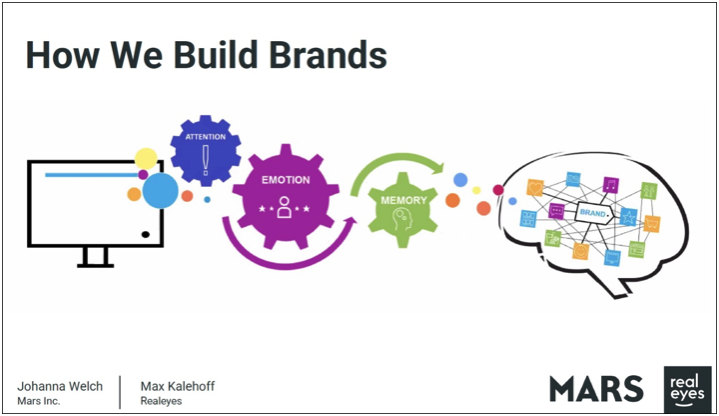What Brands Did in 2020
In this presentation, Paul Donato, CRO of the ARF, covered findings from the seminal year of the “What Brands Did in 2020” (Brands 2020) project. This project will go on for at least the next two years or until the effects of 2020 are no longer felt. ARF researchers in the Brands 2020 study used IRI and NCS data, Kantar Ad Insights, NCS sales and Nielsen Ad Intel data, between 2017 and 2021. The IRI data was a very deep dive but across three categories: salty snacks, pasta sauce and personal care products. The NCS data was shallower but across 10 broad categories. Using all these data, ARF researchers looked at share of media, media spend and share of market before and after March 2020 (Covid) and before and after March of 2021 (start of inflation).


